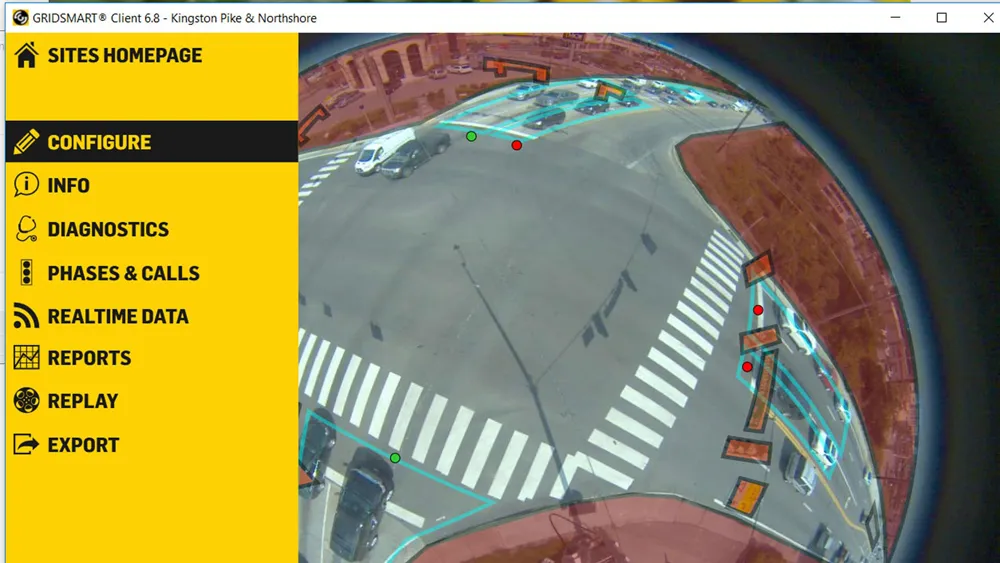
Traffic and Parking Control Company (Tapco) and Viva have announced a partnership to bring Viva’s vision traffic monitoring to eight US states: Wisconsin, Michigan, Illinois, Indiana, Kansas, Ohio, Missouri and Kentucky.
Tapco offers transportation officials a range of traffic management and road safety solutions, while Viva uses computer vision sensors to capture anonymous, real-time, multimodal transportation data to gain detailed insights on road networks in the region.
Viva (which is known as VivaCity in the UK) launched in North America earlier this year and is working with Tapco as a technology partner in the Midwest. Viva is already working with other agencies in the US, including New York City’s Department of Transportation where its latest feature, Near Miss, has been deployed to provide the city with road safety insights.
“We’re confident that through the complementarity of Viva's AI platform with Tapco's road safety and traffic management products, we create a unique added value for our customers,” said Minco de Boer, head of international sales and strategic partnerships at Viva.
“The partnership between Tapco and Viva represents our company’s commitment and vision to safe travel, delivering advanced technology solutions focused on improving roadway safety and critical data insights for vulnerable road users,” said Robert Prosser, Tapco’s chief revenue officer.
Viva said its artificial intelligence sensors gather accurate, detailed and anonymous data 24/7 on transportation modes, traffic flow and travel patterns, and have been deployed in more than 120 towns and cities globally.









